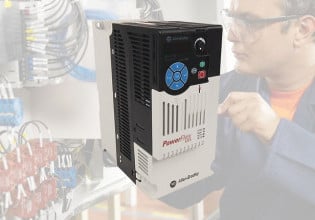I have a brief question:
Did the vibration sensor on bearing no 2 read if it reached the value of the trip, will trip the unit ?
is it non redundant sensor?
Did the vibration sensor on bearing no 2 read if it reached the value of the trip, will trip the unit ?
is it non redundant sensor?









